It's a very common misconception to think that "Fashion Jewellery" is the same as "Costume jewellery" and that both are cheap vs Fine Jewellery which is always more costly. However, there is a marked difference between "costume" and "fashion jewellery" where the latter can often command at least a few hundred to several thousand dollars for a good reason.

Fashion Jewellery refers to the mid-tier pieces, just below fine jewellery. These are mostly handcrafted with care, and custom made in small, limited quantities using high-value materials including pearls and other natural gems. Fashion jewellery can command a high premium not only because of the quality of materials used but also for the intricate and stringent professional techniques that go into making them. These pieces are made to last and are to be enjoyed through generations.
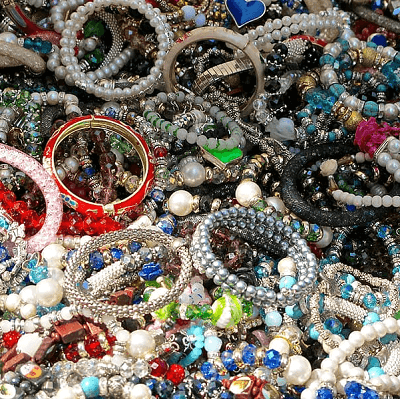
Meanwhile, Costume Jewellery usually refers to low quality and often mass manufactured pieces made up of less valuable materials and base metals which are plated. They can be purchased at prices as low as a few dollars per piece. Methods of manufacture include die striking and stamping of parts by machine which are quickly assembled with glass, plastic or synthetic gems often glued in place to hold them together, so finishing techniques are much lower standard than with Fashion Jewellery. For a few dollars and cents costume jewellery is meant to enjoy for a short period of time and not made to last!
Example of techniques that create the value of Fashion Jewellery
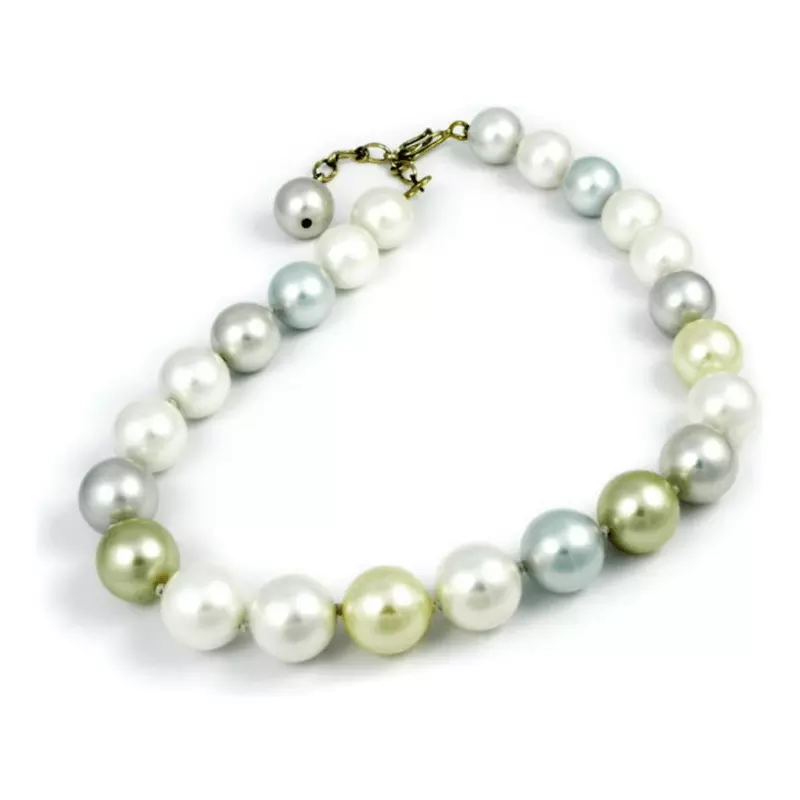
STRINGING WITH AND WITHOUT KNOTS (FASHION JEWELLERY 1) »
Stringing on silk or thread with knots is reserved for higher quality jewels like pearls and organic gems. Stringing on soft wires provides durability and speed to designers working with crystalline materials. Learn established professional stringing techniques, alternative stringing threads and wires and the unique finishing methods which apply to this excellent system.
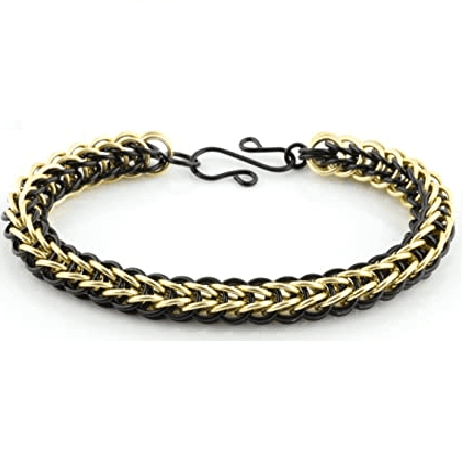
CHAIN MAILLE JEWELLERY (FASHION JEWELLERY 1) »
The history of chain-maille jewellery and its numerous modern weaves and patterns are fun and add a creative dimension to the program. You'll have hands-on experience in making the popular Byzantine chain and culminating with a multi-layered fashionable bracelet for men or women. Incorporating maille components into stringing and wirework designs can add uniqueness and flair to more traditional design styles.
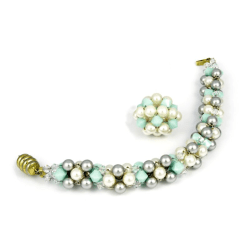
3-DIMENSION WEAVING (FASHION JEWELLERY 2) »
Extend existing flat and fancy designs by producing fast and more challenging three-dimensional creations. These can be used not only for jewellery, but fashion accessories for handbags, cell phones, dress and shoe straps & much more. The versatility of this style will expand all options.
GEMS & JEWELLERY TRADE SECRETS »
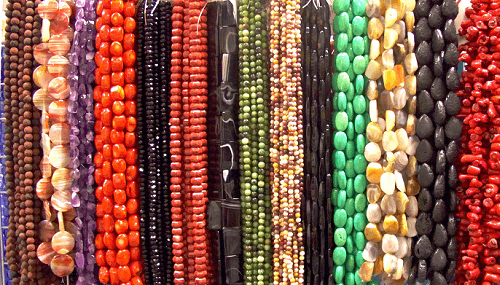
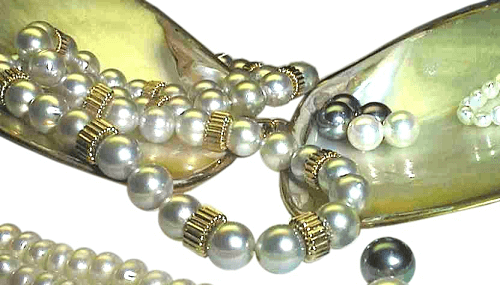
Knowing about the wide variety of gem materials on the market today can be immensely helpful for any aspiring jewellery artist. Understanding the value and having knowledge of the materials that go into your jewellery creations is a must for making confident sales. Having proper communication with your customers builds trust and will have them continue to return to buy from you time and time again.
In Fashion Jewellery 1, students are exposed to several foundational techniques including stringing, knotting, wirework and chain maille, which should be sufficient for the the professional fabrication and creation of sell-able jewellery.
After mastering the foundation, more ambitious learners can choose to learn more advanced techniques in Fashion Jewellery 2,3 and 4 or upskill horizontally with Gemmology and Aesthetic Trends. They can even combine Fashion Jewellery with Metalsmithing or Metal Clay to produce even more valuable and unique pieces. If this sounds exciting, why not explore one of the next steps below:
Tanja M. Sadow G.J.G.
Dean and founder of the Jewellery Design and Management International School